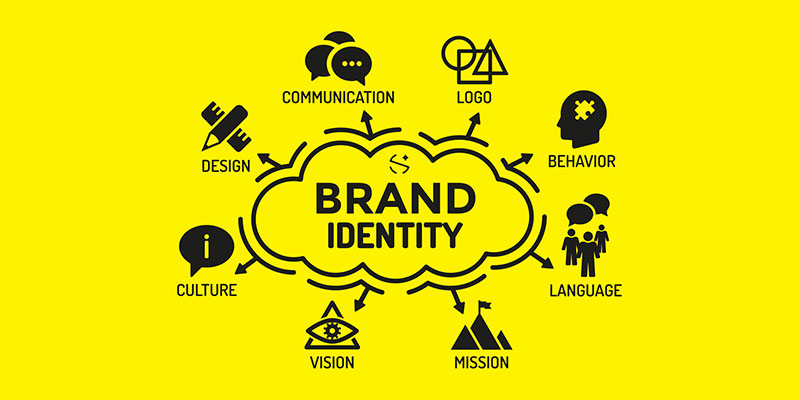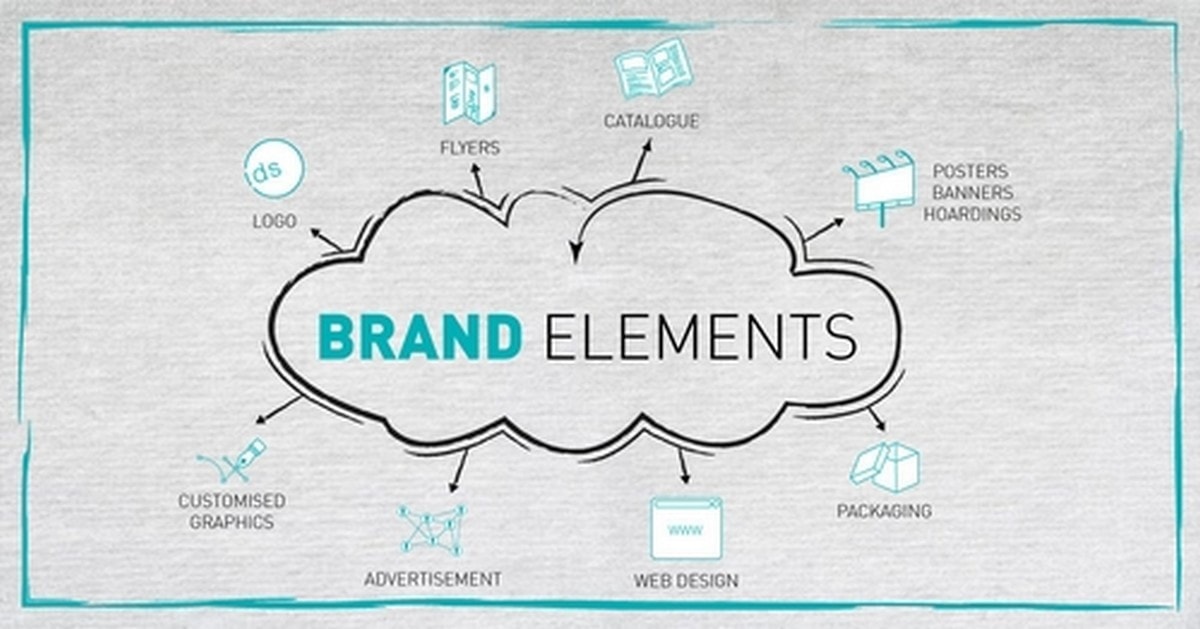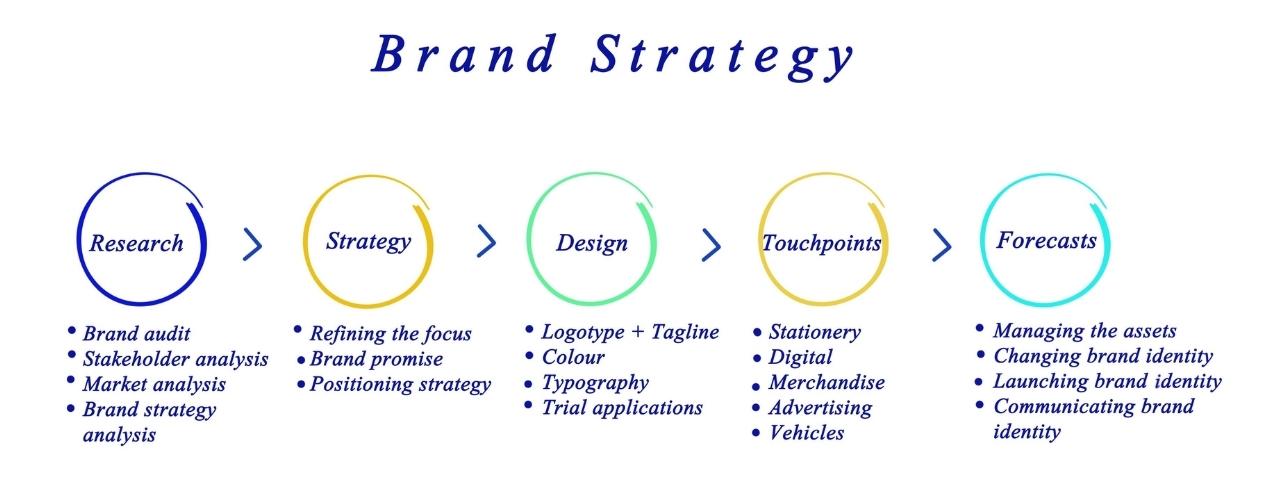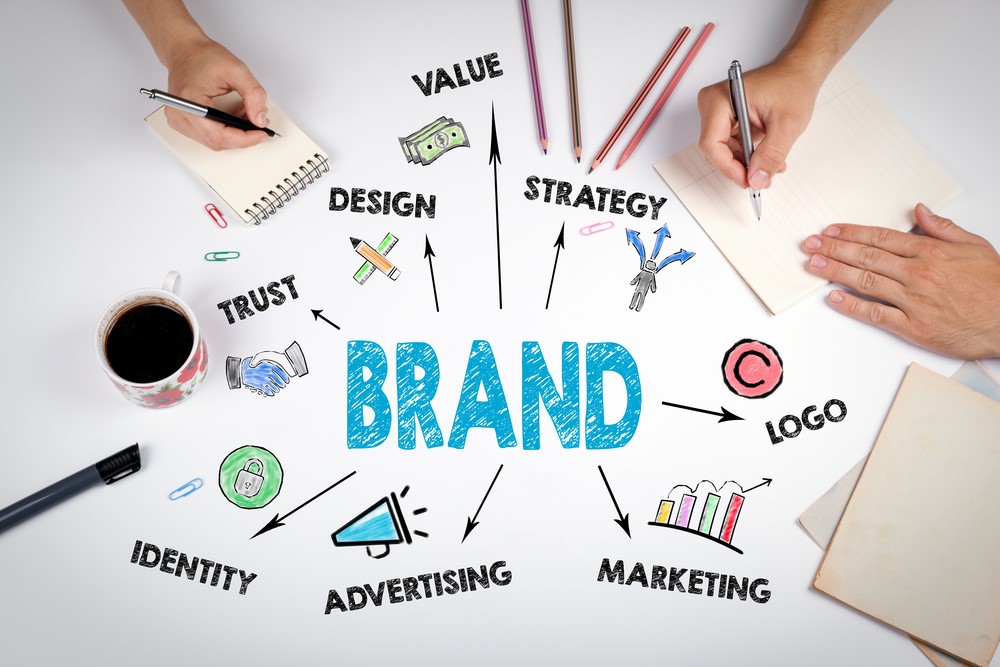So, you want to build a lasting brand identity? Well, let’s start with the basics. Building Brand identity is the way that your target audience perceives your brand. It’s the image, the voice, the values, and the personality that differentiate you from your competitors. Now, you might wonder why brand identity is important. The answer is simple. A strong brand identity helps you create an emotional connection with your audience and builds brand loyalty. It also enables you to stand out in a sea of competitors and carve out a unique position in the market.
On the other hand, poor brand identity can have negative consequences. If your audience doesn’t understand who you are and what you stand for, they are unlikely to engage with your brand. Moreover, it can lead to confusion and inconsistency, ultimately damaging your reputation. So, it’s important to create and maintain a strong brand identity that resonates with your audience. But how do you go about it? Well, let’s delve deeper into the key elements and strategies of brand identity.
Table of Contents
ToggleKey Elements of Brand Identity
Brand identity is an essential aspect of any successful business. It sets the tone for your brand and communicates who you are to your target audience. Your brand identity should be consistent across all of your platforms, from your website to your social media presence. Here are the key elements that make up a lasting brand identity. Let’s start with the first and foremost important element of brand identity – your brand name. A brand name should be memorable, catchy, and easy to pronounce. It should reflect the values of your brand and be aligned with your mission statement. A good brand name will make your brand stand out and make it easier to remember.
Logo & Visual Identity
Next is your logo and visual identity. Your logo should be unique, simple, and easy to recognize. Your visual identity, including your colour scheme, typography, and imagery, should be consistent across all mediums. Clashing visual identities can lead to confusion about your brand identity. Your mission, vision, and values make up the core of your brand identity. This should be clear and concise, outlining the purpose of your brand, while your vision should describe where you want to go. The values should be aligned with your brand’s mission and vision and reflect who you are as a brand. Tone and personality are other important elements of brand identity. Think about the tone you want to set for your brand.
Do you want to be funny, serious, or somewhere in between? Your brand personality should be reflected in all of your communications, from your social media posts to email newsletters. The brand story is another crucial element of brand identity. It should include how your brand came to be, your mission, and your vision. It should also capture the essence of your brand; what makes it unique and different from other brands in your industry. Lastly, consistency is key to building a lasting brand identity. This consistency builds brand recognition and trust among your audience.
Brand Identity Strategies
So, you’ve established what brand identity is, and now you’re ready to delve into some strategies to make sure your brand identity stands out from the competition. Differentiation is a critical factor when building a brand identity. Without it, your brand will blend in, and your audience won’t be able to separate you from other similar brands. So ask yourself, what sets you apart from the rest? Once you nail that down, you can move on to connecting emotionally with your audience. By making an emotional connection, you’re creating a relationship with your audience that lasts beyond a single purchase. But don’t forget about consistency.
Lack of consistency can hurt your brand image and makes it difficult for people to remember you. Storytelling is a powerful way to connect with your audience and keep them interested. People relate to stories more than they do to sales pitches, so make sure your brand’s story is clear and honest. Alongside this, having comprehensive brand guidelines ensures that anyone constructing your brand knows exactly what you stand for and how to communicate it effectively. You can get help with your own brand designs using the AI tool called Looka.
Finally, monitoring and measuring your brand identity performance will allow you to keep track of how your strategies are working over time. In conclusion, building a lasting brand identity takes time, effort, and careful planning. Focusing on differentiation, emotional connection, consistency, storytelling, brand guidelines, and monitoring and measurement can help your brand stand out from the rest and connect with your audience on a deeper level. So, what are you waiting for? Get building!
Developing a Brand Identity
Developing a Brand Identity: Building a brand identity is a crucial step in creating a lasting impression on your target audience. A compelling brand identity helps to build trust among customers and provides a sense of reliability. Here are the key points to keep in mind when developing a brand identity: Start with Your Why What motivates your brand? Define your purpose and mission. Identify the problem you’re trying to solve and how your brand can make a difference. Determining the “why” behind your brand can help build a stronger and more personal connection with your audience.
Research Your Competitors Study your competition to gain insight into how they are presenting themselves to their audience. Take note of the visual elements, messaging, and tone they are using to connect with their target audience. By analyzing your competitors, you can differentiate your brand and find ways to stand out. Define Your Unique Characteristics Determine what sets your brand apart. Identify the unique characteristics that make your brand different from others. Create Your Visual Brand Identity Visual elements such as colours, font, and imagery are critical when building a brand identity.
Use a consistent and unique colour scheme and font that matches your brand persona. Formulate Your Brand Story Your brand story tells the audience how you came to be. It’s the backstory of your brand. Use your unique characteristics, the problem you want to solve, and how you aim to make a difference to craft a compelling brand story that resonates with your target audience. Put It All Together Now that you have identified your purpose, conducted research on your competitors, defined what sets you apart, created a visual identity, and formulated your brand story, it’s time to put it all together.
Maintaining and Evolving Your Brand
Maintaining and evolving your brand identity is crucial to staying relevant in today’s fast-paced world. Monitoring your brand’s performance is essential, and it involves conducting regular audits to determine what is working and what is not. This provides an opportunity to identify areas that require attention and upgrades to improve the brand’s performance. Customer feedback and satisfaction are essential indicators to monitor, as they provide a measure of how well your brand resonates with its intended audience. Understanding what your customers think of your brand’s performance and where improvements can be made, can inform critical decisions on how to move forward.
Brand refresh vs rebranding is also a critical aspect to consider. Refreshing a brand involves small changes to its visual identity or messaging to strengthen its relevance, while rebranding is a complete overhaul of the brand identity. Knowing when to refresh or rebrand is crucial, and it is essential to consider factors such as market trends, competition, and customer feedback. The steps involved in refreshing or rebranding a brand are also critical. It starts with conducting research to understand the market, identifying unique characteristics that differentiate the brand, and creating a visual brand identity that speaks to the brand’s character.
The next step is to formulate the brand story that resonates with the intended audience before putting it all together. In conclusion, maintaining and evolving your brand identity is essential to stay relevant in today’s competitive marketplace. This requires monitoring your brand performance, paying attention to customer feedback and satisfaction, knowing when to refresh or rebrand, and the steps involved in refreshing or rebranding your brand. Remember, a brand is an evolving entity, and it requires constant attention to remain relevant.
Conclusion
We’ve reached the end of our blog on Building a Lasting Brand Identity. We hope that by now, you understand the importance of creating a solid brand identity that reflects your company’s mission, values, and personality. To summarize, key elements of brand identity include your brand name, logo, tone, personality, story, and, most importantly, consistency. To develop a successful brand identity strategy, you need to focus on differentiation, emotional connection, storytelling, and brand guidelines, while monitoring and measuring how your brand performs.
Creating a brand identity requires research, self-reflection, defining your unique characteristics, establishing a visual brand identity and brand story and putting them all together. Remember that maintaining an existing brand identity is just as important as creating it in the first place. You need to monitor your brand identity’s performance, feedback and satisfaction from customers, while continuously adapting to market changes. Creating a lasting brand identity is a marathon, not a sprint, but with the right resources, strategy, and mindset, anyone can do it. Stay creative and be true to your brand, always.
Some lesser-known facts about building brands
1. Building a strong brand identity requires consistent messaging, visuals, and experiences across all touchpoints to create a cohesive and memorable brand image.
2. Connecting with your audience on an emotional level through storytelling and authentic brand values helps build a strong brand identity that resonates with customers.
3. Standing out from the competition by identifying and highlighting unique selling points and value propositions is crucial for creating a strong brand identity that captures attention and loyalty.
4. Engaging and empowering employees as brand advocates can significantly impact how your brand is perceived, as their passion and belief in the brand can influence customer perception and loyalty.
5. While consistency is important, a strong brand identity also evolves over time to stay relevant and adapt to changing market trends and consumer preferences, ensuring long-term brand success.









